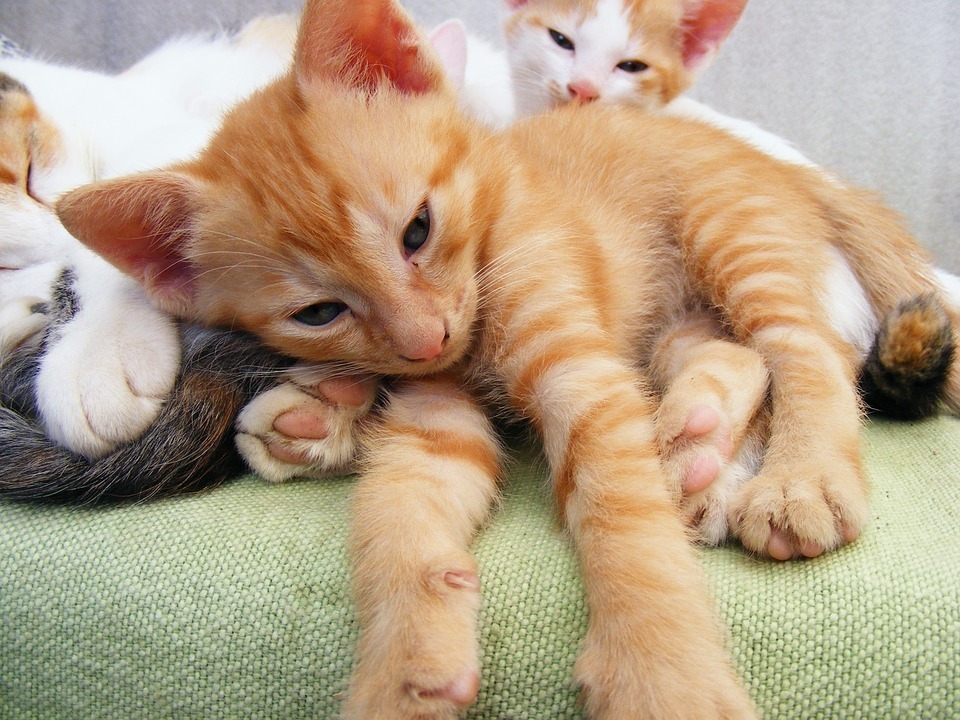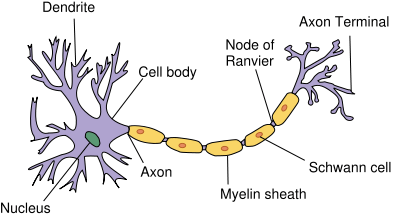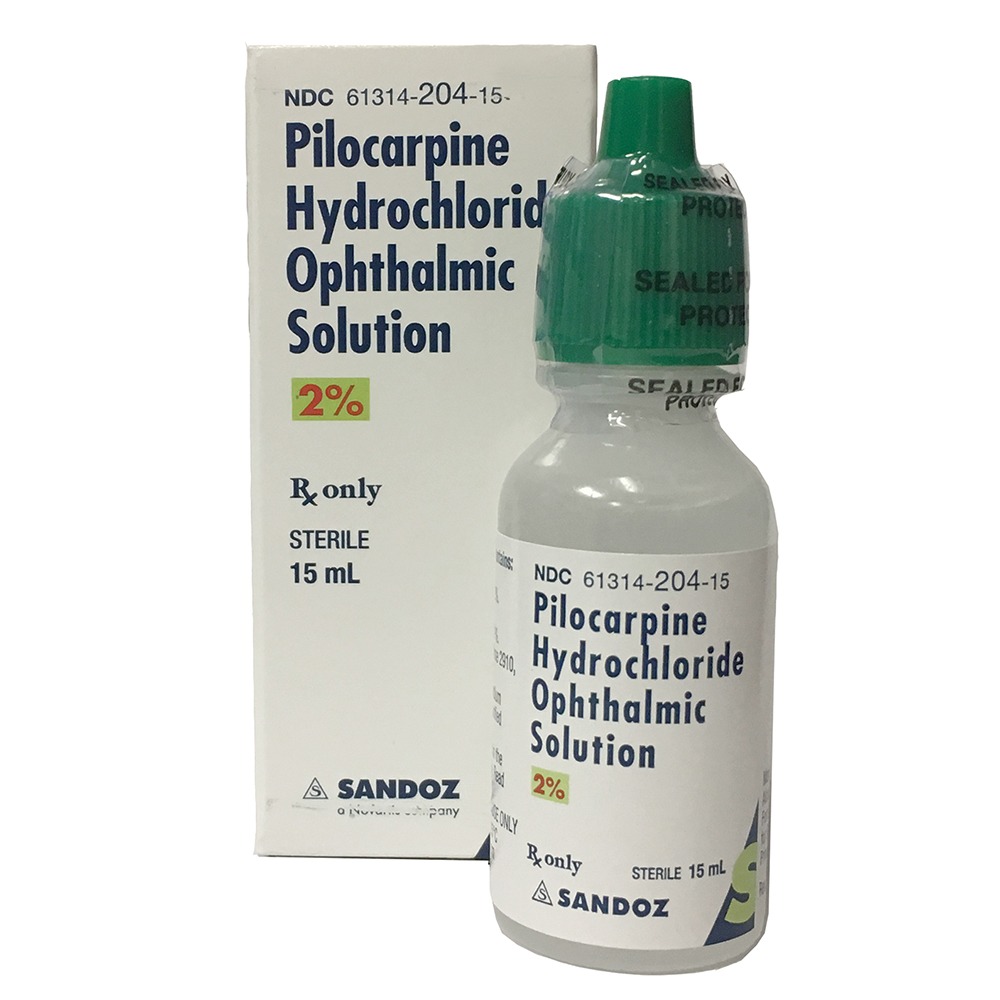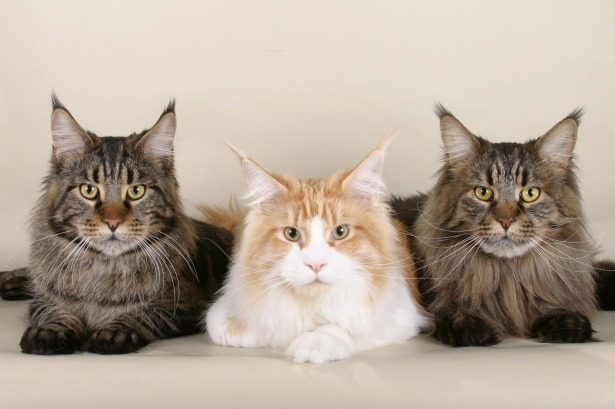Cats and dogs may develop a variety of neurologic disorders during their lifetimes, for example seizures. This week I wanted to share information about a relatively rare nervous system disorder caused dysautonomia. Several of you requested a post about this condition so I hope you find it helpful and shareworthy. Happy reading!

What is dysautonomia?
To understand dysautonomia, one needs to have a basic understanding of the autonomic nervous system or ANS. The ANS is divided into the sympathetic nervous system (SNS) and parasympathetic nervous system (PNS). The ANS is a control system that acts largely unconsciously and regulates bodily functions such as the heart rate, digestion, respiratory rate, pupillary response, urination, and sexual arousal. The sympathetic nervous system directs the body’s rapid involuntary response to dangerous or stressful situations. The parasympathetic system conserves energy as it slows the heart rate, increases intestinal and gland activity, and relaxes sphincter muscles in the gastrointestinal tract.
The basic cell of the nervous system is a neuron. Neurons transmit information to other nerve cells, muscle, or gland cells. Most neurons have a cell body, an axon, and dendrites. Dysautonomia is a disease that affects nerves of both the sympathetic and parasympathetic nervous systems. This disease affects cell bodies and the neuronal pathway responsible for protein synthesis.

Other characteristics of dysautonomia are:
- Reduction in the number of neurons
- Proliferation of satellite glial cells – these cells cover the surface of cell bodies and supply nutrients to surrounding neurons; they also act as protective, cushioning cells.
- Increase in connective tissue
To date, no definitive etiology/cause has been identified. However, some have proposed an unidentified toxin based on changes observed microscopically in affects nerves.
What does it look like?
Also known as Key-Gaskell syndrome, dysautonomia was originally diagnosed in cats in the United Kingdom (UK) in 1981. Although most frequently documented in midwestern states, this disease is overall rare in the United States (USA). In one study, affected cats in the UK were predominantly castrated males with a mean age of 7.3 years, and 36% were Birman. In another study, cats with dysautonomia in the USA had a median age of one year, and most were castrated males.

Affected pets have clinical signs consistent with dysfunction of the autonomic nervous system, typically in multiple organs, including:
- Mydriasis (dilated pupils)
- Elevation of the nictitans / 3rd eyelids
- Weight loss
- Xerostomia (dry mouth)
- Vomiting
- Reduced (or loss of) appetite
- Lethargy
- Constipation
- Dysphagia (difficulty swallowing)
- Sneezing
- Stertorous breathing (nasal congestion)

How is dysautonomia diagnosed?
After reviewing a pet’s complete medical history, veterinarians will perform a thorough physical examination. In addition to the abnormalities mentioned earlier, veterinarians may also note:
- Distended stomach
- Dehydration
- Distended urinary bladder
- Reduced anal tone
- Dry mucous membranes
- Cervical ventroflexion (head hanging low)
- Reduced lacrimation (tear production)
- Bradycardia (slow heart rate)
- Reduced gastrointestinal noises
- Low blood pressure
- Keratoconjunctivitis sicca (KCS; aka “dry eye”)
- Slow pupillary light response
Screening blood and urine tests (i.e.: complete blood count, serum biochemical profile, urinalysis) are usually unremarkable. Diagnostic imaging (i.e.: radiographs/x-rays and abdominal sonography) often show intestinal ileus (non-obstructive gas pattern) and megaesophagus. Other imaging abnormalities may include aspiration pneumonia and urinary bladder distention.
Some simple eye tests can help document abnormal nervous system transmission, specifically:
- Pilocarpine 0.1% test – instillation of a drop of this ophthalmic medication in the eye of an affected cat induces miosis )pupil constriction) within 45 minutes. This medication does not affect the pupil of a healthy pet.
- Physostigmine 0.25% test – instillation of a drop of this ophthalmic medication in the eye of a healthy cat rapidly induces miosis. This medication does not the pupil of a pet with dysautonomia.

How is it treated?
There are no specific therapies for dysautonomia and interventions are supportive and based on clinical signs. Drugs that promote improve gastrointestinal motility, that reduce urine retention, and help alleviate constipation may all be helpful. Regular humidification and providing artificial tears can also be helpful. Many patients need nutritional support, including the use of feeding tubes and intravenous nutrition called parenteral nutrition. Unfortunately, the prognosis for dysautonomia is poor to grave with a mortality rate of 45-75%.
The take-away message about dysautonomia…
Dysautonomia is a disorder of the autonomic nervous system. Multiple organs are typically affected, and clinical signs correlate with dysfunction of both the sympathetic and parasympathetic systems. Sadly, to date there are no curative therapies, and prognosis is poor to grave.
To find a board-certified veterinary internal medicine specialist, please visit the American College of Veterinary Internal Medicine.
Wishing you wet-nosed kisses,
CriticalCareDVM







